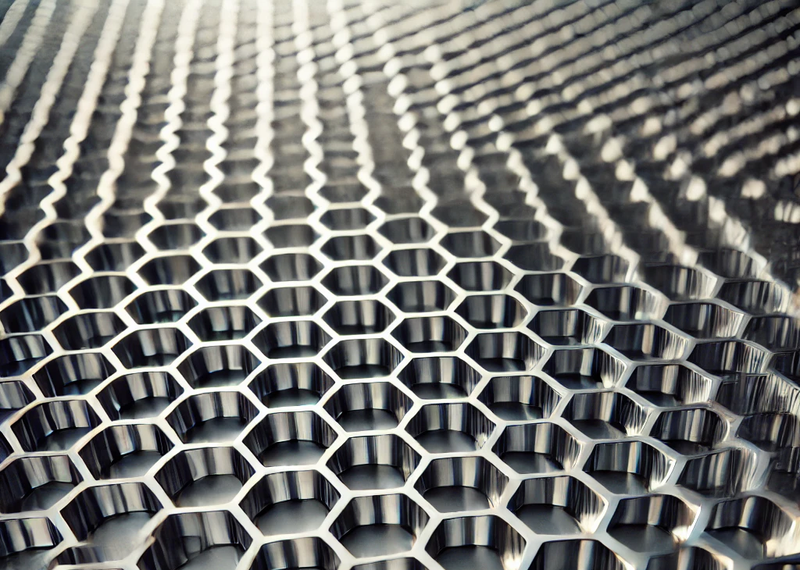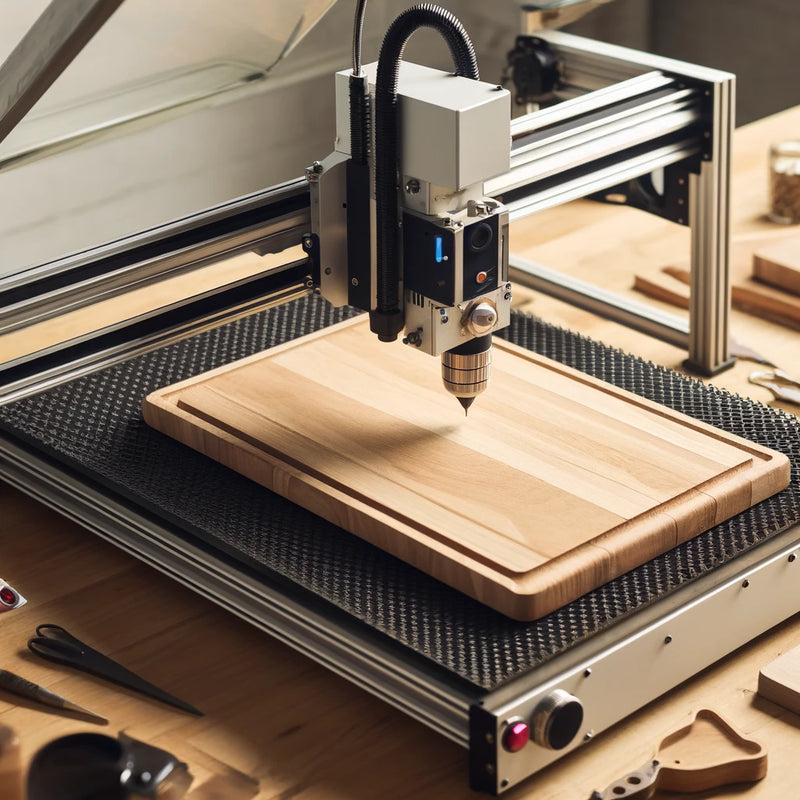Imagine a world where ordinary objects are transformed into extraordinary treasures. This is the world of laser engraving, where beams of light carve, etch, and mark with such precision that they can turn a simple piece of wood or metal into a personalized masterpiece. But in this world of light and precision, not all laser engravers are created equal. Each type has its own unique ability and specialties. If you’re venturing into the fascinating world of laser engraving, it's essential to know the types of laser engravers available and how to choose the one that fits your needs best.
1. CO2 Laser Engravers: The Versatile Sorcerers
The CO2 laser engraver, much like a seasoned mechanic, is the go-to choice for many crafters and professionals alike. It operates using a gas mixture primarily of carbon dioxide, which is excited by an electrical current to produce a powerful, invisible beam of light.
Best for:
- Wood, leather, glass, acrylic, paper, and some plastics.
- Ideal for engraving designs onto materials used in home décor, personalized gifts, and signage.
Pros:
- Versatility: CO2 lasers can engrave a wide variety of non-metal materials, making them incredibly versatile.
- Precision and Detail: These lasers offer high precision, allowing for intricate and detailed designs.
- Cost-Effective: Compared to other types, CO2 lasers are generally more affordable, making them accessible for small businesses and hobbyists.
Cons:
- Limited Metal Engraving: While they can mark coated metals, CO2 lasers typically struggle with engraving bare metals without a special coating.
2. Fiber Laser Engravers: The Metal Magicians
When it comes to working with metals, fiber laser engravers are the undeniable masters. Using a specialized optical fiber, these engravers generate a powerful beam that can cut and engrave metals with astonishing precision. Fiber lasers are often found in industrial settings but are also becoming popular among jewelers and craftsmen.
Best for:
- Engraving on metals such as stainless steel, aluminum, brass, and precious metals.
- Ideal for industrial applications, jewelry engraving, and marking tools or parts.
Pros:
- Metal Mastery: Fiber lasers excel at engraving on metals, making them perfect for industrial and commercial use.
- Speed and Efficiency: They are faster than CO2 lasers, especially when it comes to marking metals, which can significantly increase productivity.
- Durability: The engravings created by fiber lasers are highly durable, able to withstand harsh conditions without fading.
Cons:
- Higher Cost: Fiber laser engravers are typically more expensive, which can be a barrier for hobbyists or small businesses.
- Limited Material Use: Unlike CO2 lasers, fiber lasers are not as effective on non-metal materials, limiting their versatility.
3. Diode Laser Engravers: The Gentle Artisans
Diode lasers, also known as semiconductor lasers, are the gentle artisans of the laser engraving world. They are compact, easy to use, and perfect for small-scale projects. Diode lasers produce a visible blue or green light and are commonly found in entry-level laser engravers.
Best for:
- Soft materials like wood, leather, and some plastics.
- Suitable for hobbyists and small-scale projects such as crafting and small personalized gifts.
Pros:
- Affordable: Diode lasers are among the most affordable types of laser engravers, making them an excellent choice for beginners.
- Compact and Portable: Their small size makes them easy to set up in a home workshop or small studio.
- Easy to Use: User-friendly, diode lasers are great for those new to laser engraving.
Cons:
- Limited Power: Diode lasers are not as powerful as CO2 or fiber lasers, limiting their ability to engrave harder materials or achieve deep engravings.
- Speed: They are slower compared to other types, which might not be ideal for high-volume production.
4. Crystal Laser Engravers: The Precision Enchanters
Crystal laser engravers are like the precision enchanters of the engraving world. These engravers can work with both metals and non-metals, providing a versatile solution for various engraving needs.
Best for:
- Both metal and non-metal materials.
- Ideal for applications requiring high precision and fine details, such as medical instruments and delicate jewelry.
Pros:
- High Precision: Crystal lasers offer exceptional precision, making them suitable for fine and intricate work.
- Versatile Material Use: Capable of engraving both metals and some non-metals, they provide flexibility for various projects.
Cons:
- Expensive: Crystal laser engravers are typically more costly, reflecting their specialized capabilities.
- Maintenance: They require more maintenance than other types due to the sensitive nature of the crystals used.
Choosing the Right Laser Engraver for You
Choosing the right laser engraver is much like choosing the right pair of shoes—it must fit the user and the task at hand. Here are a few tips to guide you:
- Consider Your Materials: Determine what materials you plan to work with most frequently. If you're mainly working with metals, a fiber laser is ideal. For a variety of non-metal materials, a CO2 laser might be your best bet.
- Think About Your Budget: Factor in not only the initial cost but also maintenance and operational costs. Diode lasers offer an affordable entry point, while fiber and crystal lasers come at a higher price.
- Evaluate Your Space: Some laser engravers require more space and ventilation. Ensure you have a suitable area for operation, especially for industrial-grade machines.
In the world of laser engraving, each type of laser engraver holds its own unique power and specialty. Whether you’re a hobbyist looking to personalize gifts, a jeweler crafting exquisite designs, or an industrial user marking parts, there's a laser engraver out there perfectly suited to your needs. By understanding the strengths and limitations of each type, you can choose the one that will help you create your masterpieces, turning the ordinary into the extraordinary with a touch of light and creativity.




